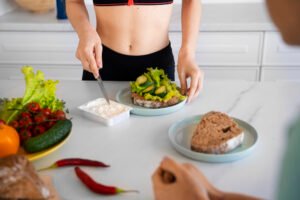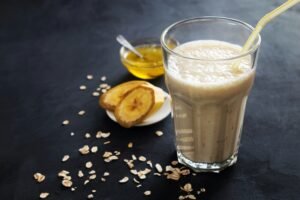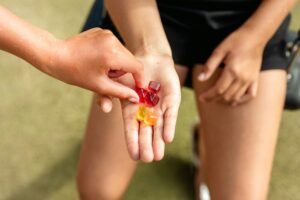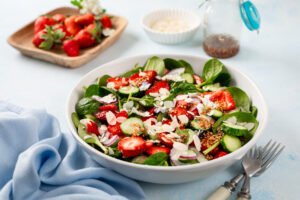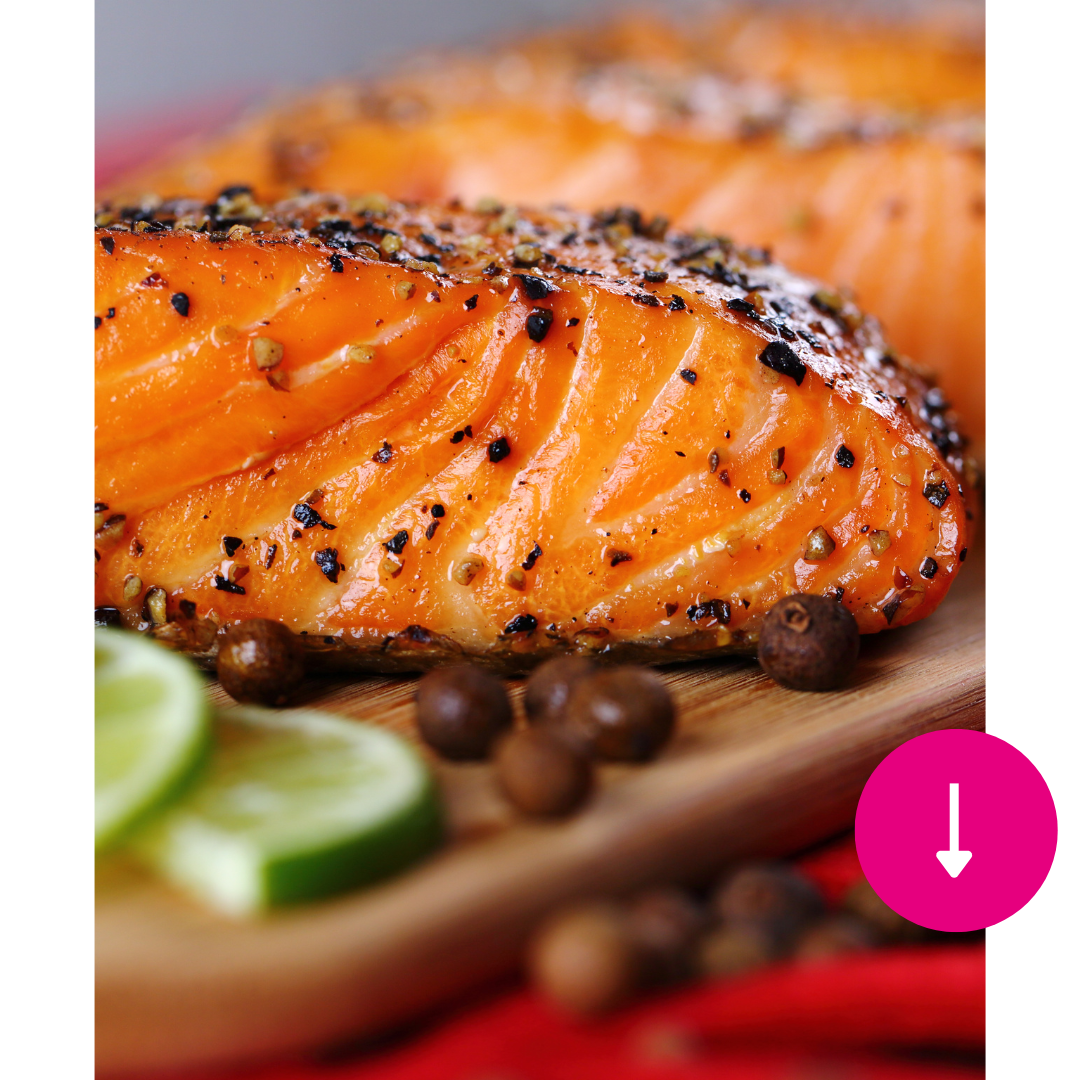Previously, I wrote in this blog that it is possible to lose weight without compromising performance, and I also mentioned some strategies for healthy weight loss (during the training season). No, I want to mention an interesting technique for athletes who are out of season (usually at the beginning of the year; many are) and who want to lose weight before starting the official training sessions for the year.
Volume eating
Volume eating is a simple technique that can aid with weight loss.
It allows you to manage hunger and calorie intake with more efficiency.
This approach involves eating larger portions of foods (low in calories but high in volume). I’m talking about fruits, vegetables, and lean proteins.
Focusing on these foods can help you create more filling and satisfying meals without consuming excessive calories.
Here are some reasons volume eating helps lose weight and sustain a calorie deficit for weight loss:
Enhanced Satiety
High-volume, low-calorie foods take up more space in your stomach, activating stretch receptors that indicate fullness to your brain. This can help you feel less hungry and avoid overeating.
Increased Meal Satisfaction
Serving larger amounts of low-calorie foods can make meals more enjoyable and visually appealing, reducing cravings and the desire to snack on higher-calorie foods.
Practical example below

Easier Calorie Management
By eating foods with a lower calorie density, you can eat more while staying within your calorie limits. This helps to maintain a calorie deficit, which is necessary for weight loss.
Nutrient-Rich Options
Many high-volume foods, such as vegetables and fruits, are high in important nutrients, fiber, and water. This not only benefits overall health, but it also improves digestion and promotes a sense of fullness.
Sustainable Eating Habits
Volume eating is simpler to maintain over time than restrictive diets since it allows for greater portion sizes and a wider variety of foods. This may make it a more sustainable method of maintaining weight loss.
If you are in the off-season but doing some training and want to follow this technique, it doesn’t mean you need to cut out all higher-calorie foods, especially if they support things like performance.
Instead, concentrate on larger-volume meals throughout the day and plan your higher-calorie foods around your workouts. For instance, pre-running snacks rich in carbs 30-45 minutes before training.
It’s important to know that constant volume eating can have negative effects on those who have high energy requirements (hello in-season athletes!)
These feelings of fullness may also restrict athletes from getting enough calories in, leading to low energy availability. Be careful.

